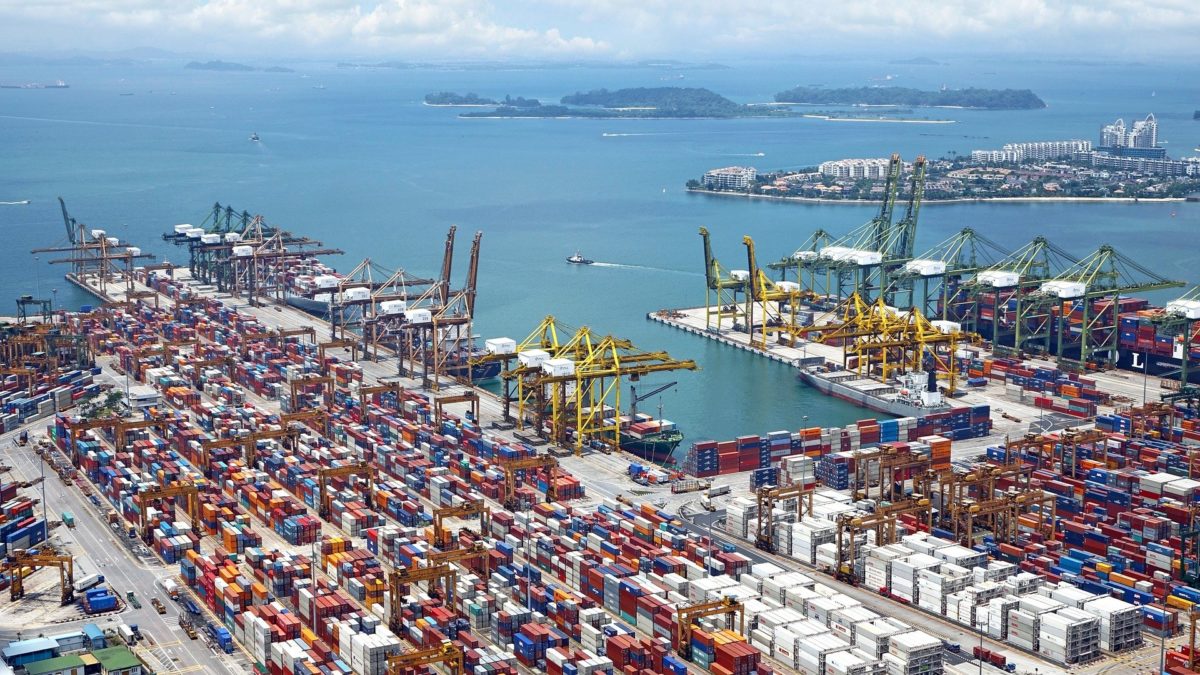The surging cost of manufacturing materials and shipping could threaten 50 GW of the 90 GW of global utility PV developments planned for 2022, according to analysis from Rystad Energy.
The firm said that commodity price inflation and supply chain bottlenecks could lead to the postponement or even cancelation of some of these projects.
Driven by core component price inflation, manufacturing costs for PV modules have climbed from below $0.20 per watt peak (Wp) in 2020 to between $0.26 and $0.28 per Wp in the second half of 2021, a nearly 50% increase in a year, the company said.
One driver of this surge is a more than 300% hike in the cost of polysilicon, a core component in PV manufacturing. In addition, other raw materials – silver, copper, aluminum and glass – have also climbed steadily since January 2020, increasing the pressure on module prices.
The current bottlenecks are not expected to be relieved within the next 12 months, meaning developers and offtakers will have to decide whether to reduce their margins, delay projects, or increase offtake prices to get projects to financial close, said David Dixon, senior renewables analyst at Rystad Energy.

In addition to materials cost inflation, shipping is another element in the supply chain causing considerable challenges for developers and module suppliers. The cost of shipping continues to rise, playing more of a role in overall production capital expenditure. Before 2021, the cost of PV shipping had a minimal impact on the overall production cost. However, pandemic-era shipping delays and bottlenecks have resulted in a near 500% increase in prices, from $0.005 per Wp in September 2019 to $0.03 per Wp in October 2021, the firm said.
Modules and their associated shipping costs typically comprise between a quarter and a third of the total project capex and together represent the single-largest item of a project’s cost. When the cost of modules – and shipping – increases, it can significantly impact project economics.
Rystad Energy said it also performed a sensitivity analysis to determine the levelized cost of electricity (LCOE) for different plant sizes comparing 2020 module and shipping costs with current costs. The results showed that the LCOE of new projects has increased by between 10% and 15%, a “major cost bump” for most of the projects planned for 2022.
Seeing their projects at risk, the firm said that developers may have to resort to negotiating higher power purchase agreements or absorbing some of the cost inflation, accepting higher project costs and lower margins.
This content is protected by copyright and may not be reused. If you want to cooperate with us and would like to reuse some of our content, please contact: editors@pv-magazine.com.









By submitting this form you agree to pv magazine using your data for the purposes of publishing your comment.
Your personal data will only be disclosed or otherwise transmitted to third parties for the purposes of spam filtering or if this is necessary for technical maintenance of the website. Any other transfer to third parties will not take place unless this is justified on the basis of applicable data protection regulations or if pv magazine is legally obliged to do so.
You may revoke this consent at any time with effect for the future, in which case your personal data will be deleted immediately. Otherwise, your data will be deleted if pv magazine has processed your request or the purpose of data storage is fulfilled.
Further information on data privacy can be found in our Data Protection Policy.